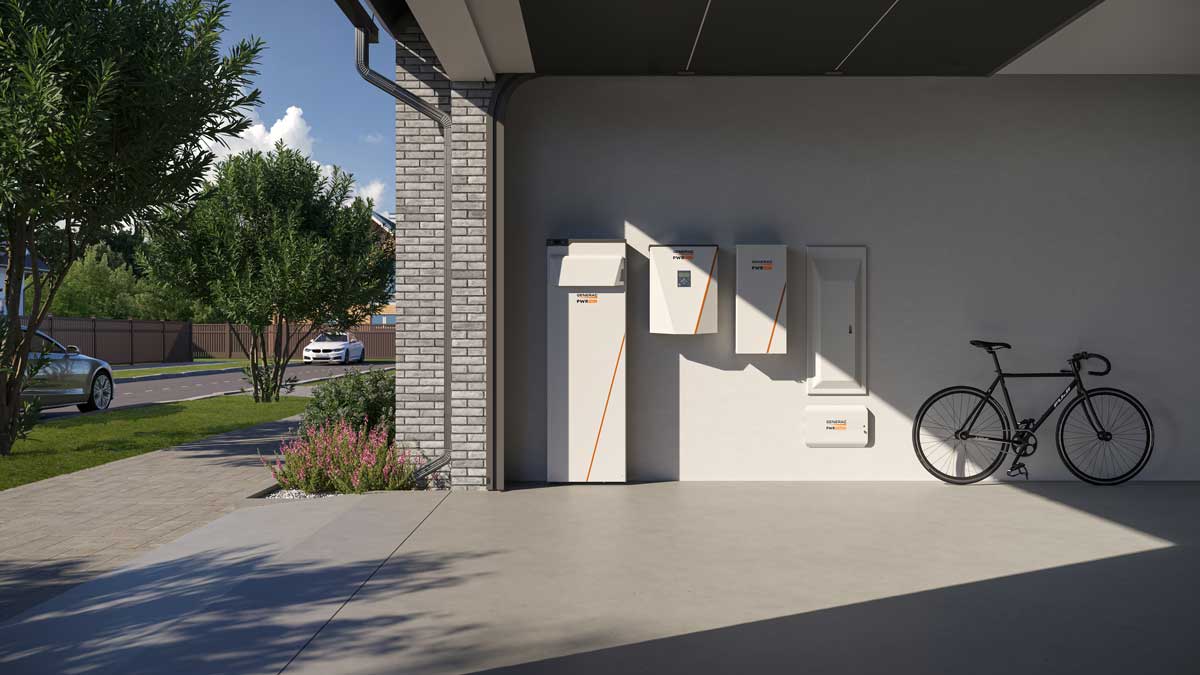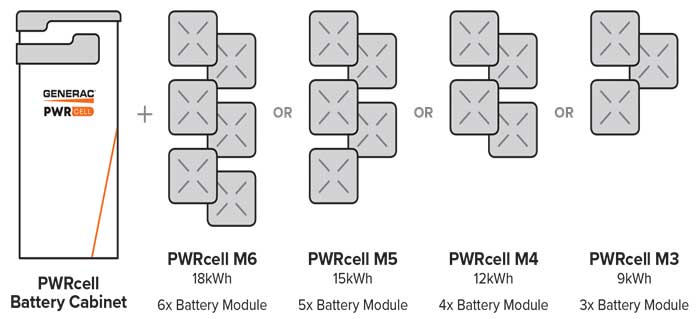
You recently installed solar panels on a homeowner’s roof. They love it. They’re saving money while feeling good about protecting the environment. But a few weeks later, there’s a power outage and they lose the ability to power their home from their solar panels alone. To top it all off, they’re getting hit with high energy bills from drawing from the grid during peak hours. Without proper battery storage, they can’t maintain their lifestyle during the outage.
This has become a familiar experience but can be made easier with a whole-home solar + battery storage solution.
Energy solutions should not be siloed. It’s not solar versus battery; it’s both. As the market evolves to address a more tech-savvy customer base that is both sustainably minded and price-conscious, vendors and installers need to approach home energy holistically. Batteries will increasingly–arguably inevitably–become a fixture in the solar market nationally, and savvy installers are embracing the shift.
Selling the case for a whole home clean energy system can be complicated for installers and confusing for homeowners. While there is no one-size-fits-all approach, it all comes down to the customer: What’s the best configuration for them?
Creating a more resilient home
More and more consumers have embraced the core benefits of solar energy. It helps consumers cut down on the cost of energy bills and it’s better for the environment. But as growing concerns about electricity shortages and the frequency of weather events have increased, another factor has emerged as a driver for consumers, in addition to cost savings and environmentalism: resilience.
Resiliency offers homeowners the opportunity to live as normally as possible during an outage, with a battery storage solution that works with solar power to harness and store power from the sun. There is a growing market for resiliency. In fact, according to the Wood Mackenzie/SEIA US Solar Market Insight® report, approximately 18% of solar solutions that will be sold this year will include battery storage, and that projection is expected to rise in the coming years.
But selling a more complex whole home clean energy solution with a more expensive upfront investment to cost-conscious solar customers can be tricky. Installers should engage customers in a way that outlines present costs, thoughtfully addresses the unique needs of their home, and clearly communicates the immediate and ongoing value that will help them maximize their energy solution. And installers need to make their case without resorting to scare tactics or an aggressive upsell.
Selling to cost-conscious homeowners
The additional complexity of solar + battery storage solutions is offset by the immediate security of backup resilience and the consistent promise of long-term savings. The old indirect models of earning credits and exporting excess solar energy back into the grid are fading. Whole-home solutions are delivering more direct benefits, and utility rate structures are increasing cost savings for battery storage. Now homeowners can generate their own energy, store it, and consume it when they need it most optimized for the way they live.
With a solar + battery storage solution, homeowners can take advantage of rate arbitrage to keep costs low. This means looking to batteries to store excess energy produced by solar during the day when it’s cheapest and using that stored solar energy when the grid is most expensive, which is typically during the early evening.
Successfully introducing solar + battery storage solutions to homeowners ultimately comes down to delivering a more thoughtful and effective customer experience. Resilience, cost savings, efficiency, and control combine to make a compelling case at a time when interest and demand continue to rise.

Finding the right solution for the consumer
So, what’s the best battery storage for consumers? Like most things in life, it depends. While no equation can unerringly prescribe what to sell to each customer, there’s a straightforward way to think about it, and it all comes down to what the customer values more: backup power vs. savings.
For consumers who value flexibility and want to tailor a system to their needs, they should consider a modular system like Generac’s PWRcell. This system has a high-power output but provides flexibility for homeowners who don’t want to get locked into a fixed-cell battery. With Generac, they can adjust a modular battery’s storage to meet their desired budget and lifestyle needs.
Consumers who care most about maintaining their lifestyle during a power outage should be most concerned about resiliency. For them, battery size matters. They may prefer to go with a 6-cell battery, which has a higher power output that will help them run more loads.
Consumers who are more price-sensitive and looking to extract the maximum value of their system may want to use a smaller configuration with a 3-cell battery. This battery will have less capacity but will be able to store or discharge unused energy back to the grid and offset some of the high costs of electric rates.
For the most efficient use of their battery, consumers should take advantage of load management which optimizes energy use by prioritizing essential loads, avoiding strain on the power grid and minimizing costs.
No matter which solution the consumer goes for, installers need to set expectations with consumers. Whether their battery is big or small, consumers need to be aware that during an outage, they are in backup mode. They can live close to normal but must be realistic about what they choose to power and when. To help them understand how to best live on backup, they should consider what electric appliances use the most energy and determine if they have enough battery to support it. For instance, if they need to run their dryer, they should ensure their battery will still have enough energy to power the rest of their home.
The whole picture
Again, providing the best whole home energy solution for customers comes down to their needs and what’s going to give them the best experience. For Generac, the focus on experience extends throughout the entire lifespan of their system, not just on installation day. In the future, battery storage will likely be an inevitable part of the solar package, because it’s the key to providing customers with the best long-term experience.
We can’t directly avoid the chaos of critical weather events or the uncertainty of grid outages. But we can help protect against them and help avoid high-energy costs. With a clean whole home energy system, consumers can save money, help protect the planet and maintain their lifestyles during an outage.
Learn more here.
— Solar Builder magazine

Leave a Reply
You must be logged in to post a comment.